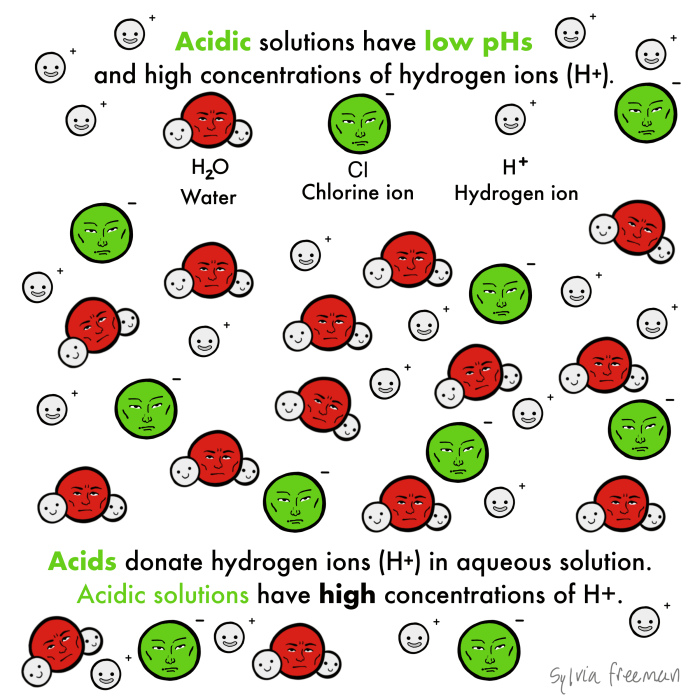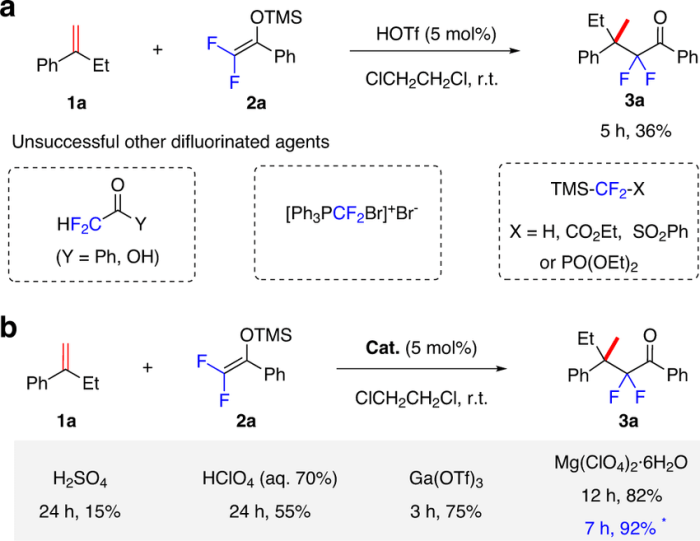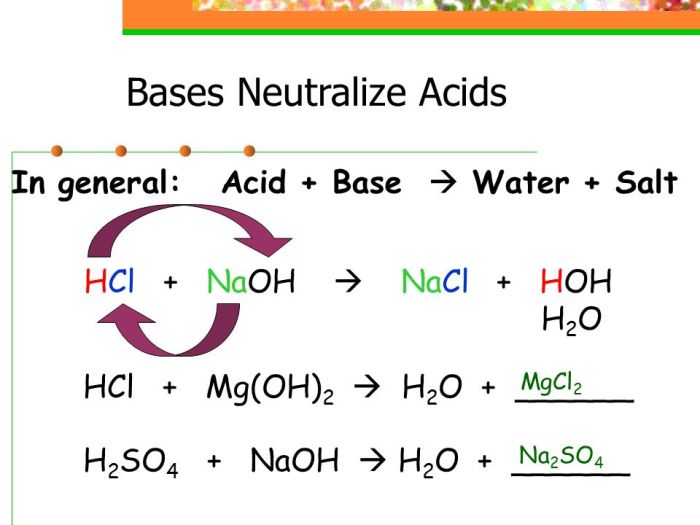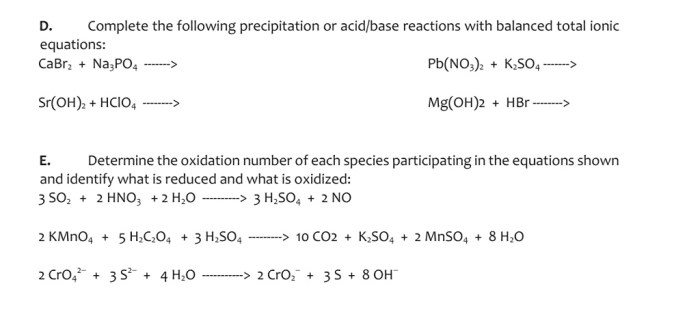Mg clo4 2 acid or base – Mg(ClO4)2, an intriguing compound known as magnesium perchlorate, raises a fundamental question: is it an acid or a base? Embark on a journey to unravel its chemical nature, synthesis, applications, and comparison with other perchlorate salts. Discover the captivating properties and intriguing characteristics of Mg(ClO4)2.
Delving into the realm of chemistry, we will uncover the properties of Mg(ClO4)2, including its formula, molecular weight, appearance, solubility, and melting point. Its chemical behavior will be scrutinized, shedding light on its reactivity with water and other substances.
Properties of Mg(ClO4)2

Magnesium perchlorate, denoted by the chemical formula Mg(ClO4)2, is a salt composed of magnesium ions (Mg2+) and perchlorate ions (ClO4-). It is a white, crystalline solid with a molecular weight of 223.20 g/mol.
Physical Properties
Mg(ClO4)2 exhibits several distinct physical properties:
- Appearance:It appears as a white, crystalline solid at room temperature.
- Solubility:Mg(ClO4)2 is highly soluble in water and other polar solvents.
- Melting point:It has a relatively low melting point of 250 °C (482 °F).
Chemical Properties
Mg(ClO4)2 possesses unique chemical properties that distinguish it from other compounds:
- Reactivity with water:Mg(ClO4)2 readily absorbs moisture from the air, making it a hygroscopic substance.
- Reactivity with other substances:It reacts with a variety of substances, including acids, bases, and reducing agents.
Synthesis of Mg(ClO4)2: Mg Clo4 2 Acid Or Base

Magnesium perchlorate, Mg(ClO4)2, can be synthesized in the laboratory through a straightforward procedure involving the reaction of magnesium oxide (MgO) with perchloric acid (HClO4).
Materials Required
- Magnesium oxide (MgO)
- Perchloric acid (HClO4), concentrated
- Distilled water
- Glassware: beaker, filter paper, funnel, hot plate, stirring rod
- Safety equipment: gloves, goggles, lab coat
Procedure
The synthesis of Mg(ClO4)2 involves the following steps:
- In a well-ventilated area, carefully add 10 g of MgO to a 250 mL beaker. Wear appropriate safety gear (gloves, goggles, lab coat) while handling perchloric acid.
- Slowly add 50 mL of concentrated HClO4 to the MgO while stirring constantly. The reaction is exothermic, so heat will be released. Stir until the MgO is completely dissolved.
- Add 100 mL of distilled water to the solution and stir to dilute it.
- Filter the solution using a funnel lined with filter paper to remove any impurities.
- Transfer the filtrate to an evaporating dish and place it on a hot plate. Evaporate the water slowly until crystals of Mg(ClO4)2 begin to form.
- Collect the crystals by filtration and wash them with a small amount of cold distilled water to remove any remaining impurities.
- Dry the crystals in an oven at 110 °C for several hours to remove any remaining moisture.
Chemical Reactions
The synthesis of Mg(ClO4)2 involves the following chemical reactions:
MgO + 2HClO4 → Mg(ClO4)2 + H2O
In this reaction, MgO reacts with HClO4 to form Mg(ClO4)2 and water. The reaction is exothermic, meaning it releases heat.
Safety Precautions
When working with Mg(ClO4)2, it is important to take the following safety precautions:
- Wear appropriate safety gear, including gloves, goggles, and a lab coat.
- Work in a well-ventilated area.
- Avoid contact with skin and eyes.
- If contact with skin or eyes occurs, flush the affected area with plenty of water and seek medical attention immediately.
- Do not ingest Mg(ClO4)2.
- Store Mg(ClO4)2 in a cool, dry place away from flammable materials.
By following these safety precautions, you can minimize the risks associated with working with Mg(ClO4)2.
Applications of Mg(ClO4)2

Magnesium perchlorate, or Mg(ClO4)2, finds diverse applications in various fields. Its unique properties make it a valuable component in pyrotechnics, explosives, and as a drying agent.
In pyrotechnics, Mg(ClO4)2 is utilized as an oxidizer, contributing to the production of bright and colorful displays. Its high oxygen content promotes rapid combustion, enhancing the intensity and duration of pyrotechnic effects.
Explosives
Mg(ClO4)2 is also employed in the formulation of explosives. Its oxidizing properties facilitate the rapid release of energy, making it a suitable component in detonators and propellants. However, the use of Mg(ClO4)2 in explosives requires careful handling due to its potential for instability and explosive reactions.
For example, Mg(ClO4)2 is a salt that forms from the reaction of a strong base (Mg(OH)2) with a strong acid (HClO4). If you’re looking for a step-by-step guide on how to sum in Excel, you can refer to this article: How To Sum In Excel . This salt is neither acidic nor basic in nature.
Drying Agent
Beyond its applications in pyrotechnics and explosives, Mg(ClO4)2 is also utilized as a drying agent. Its strong affinity for water molecules enables it to absorb moisture from its surroundings. This property makes it an effective desiccant, suitable for drying gases, liquids, and solids.
While Mg(ClO4)2 offers advantages in various applications, it is important to consider its potential environmental and health impacts. Perchlorates, including Mg(ClO4)2, have been identified as emerging contaminants of concern due to their persistence in the environment and potential adverse effects on human health.
Therefore, responsible use and proper disposal of Mg(ClO4)2 are essential to minimize its environmental and health risks.
Comparison of Mg(ClO4)2 with Other Perchlorate Salts

Magnesium perchlorate, Mg(ClO4)2, shares similarities and differences with other perchlorate salts, such as NaClO4 and KClO4. Understanding these variations provides insights into the unique properties of each salt.
Chemical Properties
All perchlorate salts are highly soluble in water, dissociating into their respective ions: Mg2+, ClO4-, Na+, and K+.
- Oxidation Potential:Mg(ClO4)2 exhibits a lower oxidation potential compared to NaClO4 and KClO4. This means that Mg(ClO4)2 is less likely to act as an oxidizing agent in chemical reactions.
- Hygroscopicity:Mg(ClO4)2 is the most hygroscopic among the three salts, meaning it readily absorbs moisture from the air. This property is attributed to the smaller size and higher charge density of the Mg2+ ion.
Physical Properties
The physical properties of perchlorate salts vary based on the size and charge of the cation.
- Crystal Structure:Mg(ClO4)2 crystallizes in a monoclinic structure, while NaClO4 and KClO4 adopt cubic structures. This difference in crystal structure affects their physical properties, such as melting point and density.
- Melting Point:Mg(ClO4)2 has a higher melting point (252°C) compared to NaClO4 (248°C) and KClO4 (260°C). The smaller size and higher charge density of Mg2+ contribute to stronger ionic interactions, resulting in a higher melting point.
- Density:Mg(ClO4)2 is denser (2.32 g/cm3) than NaClO4 (2.07 g/cm3) and KClO4 (2.35 g/cm3). This difference in density is due to the smaller size and higher charge density of the Mg2+ ion.
Reasons for Differences, Mg clo4 2 acid or base
The differences in properties between Mg(ClO4)2 and other perchlorate salts can be attributed to the following factors:
- Size of the Cation:Mg2+ is smaller in size compared to Na+ and K+. This difference in size affects the ionic interactions and crystal structure of the salts.
- Charge of the Cation:Mg2+ has a higher charge density than Na+ and K+. This stronger charge interaction leads to stronger ionic bonds and higher melting points.
FAQ Compilation
What is the chemical formula of Mg(ClO4)2?
Mg(ClO4)2
Is Mg(ClO4)2 soluble in water?
Yes, it is highly soluble in water.
What are the safety precautions when working with Mg(ClO4)2?
Mg(ClO4)2 is a strong oxidizing agent and should be handled with care. Avoid contact with skin and eyes, and wear appropriate protective gear.
